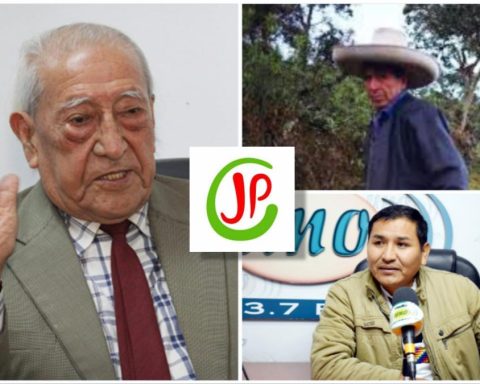By Taxpayers Association
while the President Pedro Castillo asks to collect what the big companies ‘owe to the people’, his government’s public investment fell to the lowest point in recent years (only 1.5% of GDP), according to official figures.
In the first half of the year, the Executive’s public spending reached S / 53,790 million, a reduction of 2.5% compared to the same period in 2021.
The level of investment in road infrastructure is the most critical, since it has fallen well below the levels of previous years (0.5% of GDP).
Also noteworthy are the education and water and sanitation sectors, which recorded significant falls (see graph).
“The public investment it is one of the main engines for reducing poverty and closing infrastructure gaps, especially in the long term, and the Castillo government, which promised ‘no more poor people in a rich country,’ is failing to increase it”, says Raúl Labarthe, project manager of the Peruvian Taxpayers Association.
In addition, it must be specified that what President Castillo said is not true, because the 30 billion soles are not debts of the companies; they are tax objections that are judicialized, with which the president resorts, once again, to populism and demagoguery to polarize and divide the country.
Nearly 2,000 investment projects of the national government with allocated resources were also detected that do not register a single sol executed less than five months before the end of the year, which implies the challenge of investing nearly the remaining 70% in what remains of the year 2022.
To this is added that, of the 15 projects with more than S / 100 million, 10 have less than 50% progress. Together they represent about 15% of the total budget for works of the national government.
“This inefficiency, rather than having an impact in the short term, will have serious effects in the medium and long term, since, by prioritizing easy spending through bonuses – such as food, with more than 6,300 million soles in its first year –, the progress of the works is being neglected, punishing the growth of the coming years”, adds Labarthe.
More than 1 million companies at risk
Companies dedicated to the commercialization of final products in durable goods (textiles, electrical appliances, home and others) face a high risk of bankruptcy without a government aid plan due to the fall in prices and sales due to inflation. According to the BCR, companies were left with 15 days of unwanted inventories, while importers of final goods have inventories for 90 days.
According to Susana Saldaña, from the Gamarra Business Association, merchants in the textile emporium have been liquidating their winter stocks by up to 70%. In the first half of this year, only 40% of sales were reached compared to pre-pandemic levels (2019), which affects employment and economic activity. To measure the population that would be affected, it is made up of at least 272,170 companies in the wholesale trade; 874,068 in retail trade; and 78,039 in the sale and repair of vehicles, whose impact would compromise 10.8% of the commerce sector on the GDP.

















